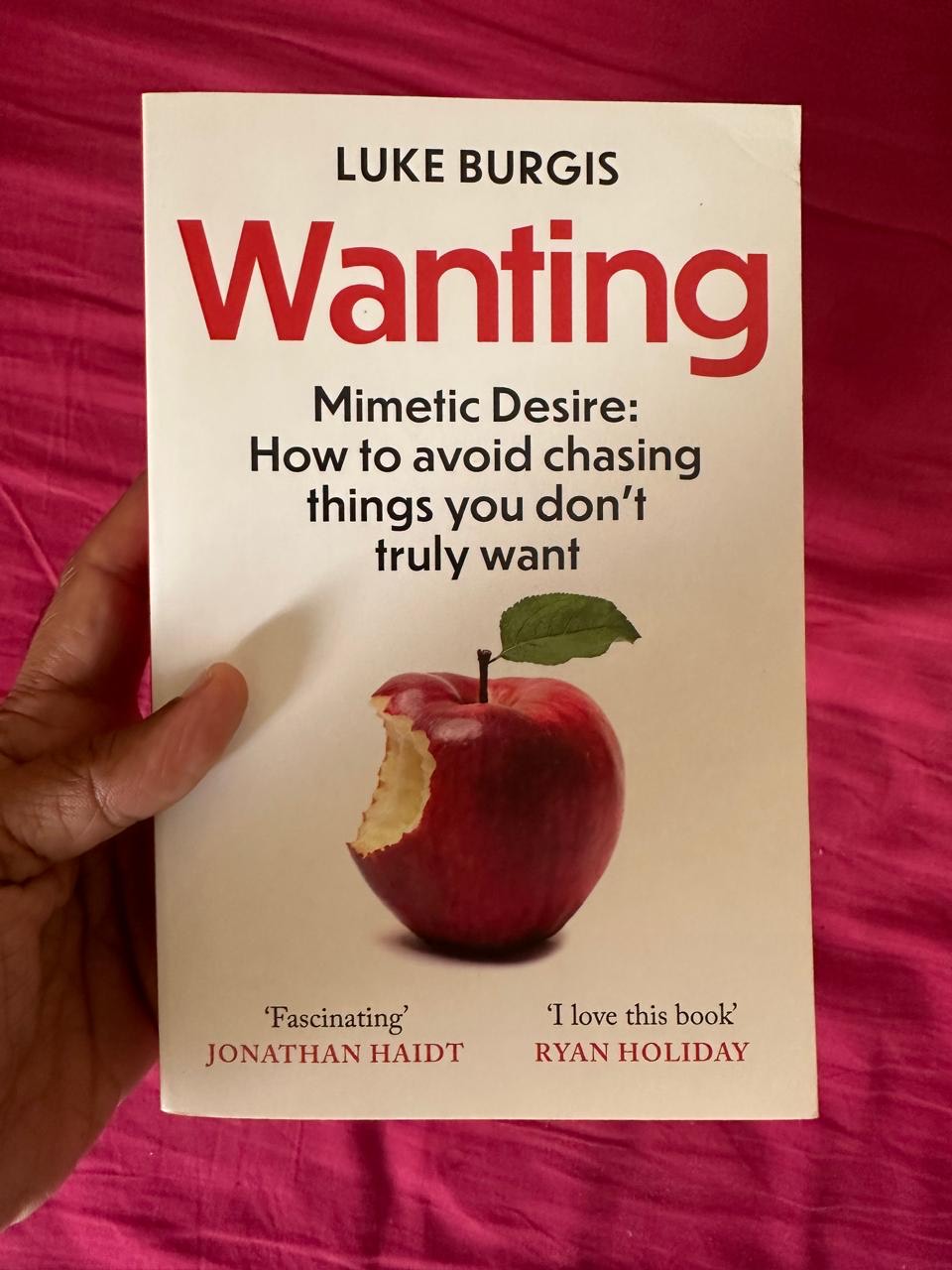
HomeHow not to die by Dr Michael GregerBook SummaryHow not to die by Dr Michael Greger
How not to die by Dr Michael Greger
June 8, 2024
How not to die by Dr Michael Greger

- Binod Shankar
- Book Summary
My top 30 takeaways:
- The book addresses the major health risks that most people face: heart disease, diabetes, hypertension, a variety of common cancers (lung, colorectal, breast, prostate, leukemia), Alzheimer’s, Parkinson’s, and even depression. And it covers what is known – based on the best research we have – about various foods that may be helpful or harmful with regard to them.
- Doctors are not trained in nutrition. A report by the Institute of Medicine on medical training concluded that the fundamental approach to medical education has not changed since 1910.
- The decrease in the length of telomeres in one’s chromosomes causes aging. A healthy lifestyle can increase telomerase activity, and actually grow telomeres in length.
- It is the quality of food that counts, not quantity. What is a healthy lifestyle? One that uses whole foods, not supplements or one that tries to emphasize a single chemical or nutrient.
- In some respects, poultry is unhealthier than meat. Eating poultry raises the risk of pancreatic cancer more than red meat.
- It is legal (at least in the US) to inject chickens with lots of additives to increase the chicken’s weight, and it turns out those additives (e.g., phosphates) can have serious negative health consequences.
- There is such a thing as “3rd hand smoke” (i.e., the smoke that stays in the walls, carpets, etc.) and it also has negative health consequences. Smoking in any indoor area is not safe.
- Many diabetics can reverse their disease after eating a plant-based diet for sixteen days. They do not have to lose weight or reduce calorie consumption.
- While moderate drinking can reduce the risk of heart disease, it can also increase the risk of cancer.
- Coffee reduces depression, but artificial sweeteners increase it. Exercise reduces depression about as well as Zoloft. Some anti-oxidants like lycopene (red pigment found in tomatoes) reduce depression but they only have this effect when eaten in whole foods, not in supplements. Anti-depressant medicines often work due to a placebo effect.
- An over-confidence in pills and procedures for disease prevention could be the reason why doctors and patients under-value lifestyle interventions. People rely on drugs to save them. But studies show that most people would not take these drugs if they understood how little benefit comes from them.
- Hundreds of scientists concluded in 2010 that the leading cause of death and disability was the American diet, followed by smoking. The worst aspect of our diet, the study found, is not enough fruit.
- Smoked, fatty foods are carcinogenic (e.g smoked ham, turkey, BBQ chicken, smoked fish).
- Blueberries and cherries can reduce exercise-induced inflammation which may transfer into faster recovery time. Strenuous exercise leads to free radicals that cause DNA damage. Plant foods reduce the free radicals and counter exercise-induced oxidative stress.
- The primary reason diseases tend to run in families may be that diets tend to run in families
- Doctors get paid for the pills and procedures they prescribe, rewarding quantity over quality. We don’t get reimbursed for time spent counseling our patients about the benefits of healthy eating
- The best way to minimize your exposure to industrial toxins may be to eat as low as possible on the food chain ie a plant-based diet.
- To become virtually heart-attack proof, you need to get your LDL cholesterol at least under 70 mg/dL
- A meat industry trade publication explained why we don’t have such a “heavy-handed” policy: “The American consumer is not going to pay that much. It’s as simple as that.” If the industry had to pay to make it safer, the price would go up.
- Given the right conditions, the body heals itself. If you whack your shin really hard on a coffee table, it can get red, swollen, and painful. But your shin will heal naturally if you just stand back and let your body work its magic. But what if you kept whacking it in the same place three times a day—say, at breakfast, lunch, and dinner? It would never heal.
- The Academy of Nutrition and Dietetics continues to take millions of dollars every year from processed junk food, meat, dairy, soda, and candy bar companies. In return, the academy lets them offer official educational seminars to teach dietitians what to say to their clients.
- When fat is heated to frying temperatures, toxic volatile chemicals are released into the air. A study of women in China found that smokers who stir-fried meat every day had nearly three times the odds of lung cancer compared to smokers who stir-fried foods other than meat on a daily basis. This is thought to be because of a group of carcinogens called heterocyclic amines that are formed when muscle tissue is subjected to high temperatures.
- Waist-to-Height Ratio, or WHR is key. The circumference of your belly should be half your height—ideally, less. If that measurement is more than half your height, it’s time to start eating healthier and exercising more regardless of your weight.
- Flexitarians appear to cut their rate of diabetes by 28 percent, good news for those who eat meat maybe once a week rather than every day. Those who cut out all meat except fish appear to cut their rates in half. Those eliminating all meat, including fish appear to eliminate 61 percent of their risk. And those who also drop eggs and dairy foods may drop their diabetes rates by 78 percent compared with people who eat meat on a daily basis.
- To drastically reduce LDL cholesterol levels, you need to drastically reduce your intake of three things: trans-fat, which comes from processed foods and naturally from meat and dairy; saturated fat, found mainly in animal products and junk foods; and to a lesser extent dietary cholesterol, found exclusively in animal-derived foods, especially eggs.
- Heart Disease Starts in Childhood. In 1953, a study published in the Journal of the American Medical Association radically changed our understanding of the development of heart disease. Researchers conducted a series of three hundred autopsies on American casualties of the Korean War, with an average age of around twenty-two. Shockingly, 77 % of soldiers already had visible evidence of coronary atherosclerosis.
- A 2007 study of Long Island women linked breast cancer risk to the heterocyclic amines formed in meat. Older women consuming the most grilled, barbecued, or smoked meat over their lifetimes were found to have 47 percent increased odds of breast cancer.
- In terms of antioxidant bang for your buck, açai berries get honorable mention, beating out other superstars, such as walnuts, apples, and cranberries. The bronze for best bargain, though, goes to cloves, the silver to cinnamon, and the gold for most antioxidants per dollar goes to purple cabbage.
- Daily servings of white rice were associated with a 17 percent greater risk of diabetes. And replacing white rice with oats and barley is associated with a 36 percent drop in diabetes risk.
- There may be no such thing as dying from old age. From a study of more than forty-two thousand consecutive autopsies, centenarians were found to have succumbed to diseases in 100 percent of the cases examined. Though most were perceived, even by their physicians, to have been healthy just prior to death, not one “died of old age.”



